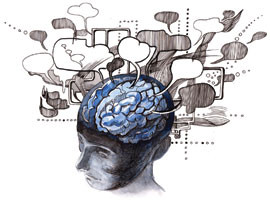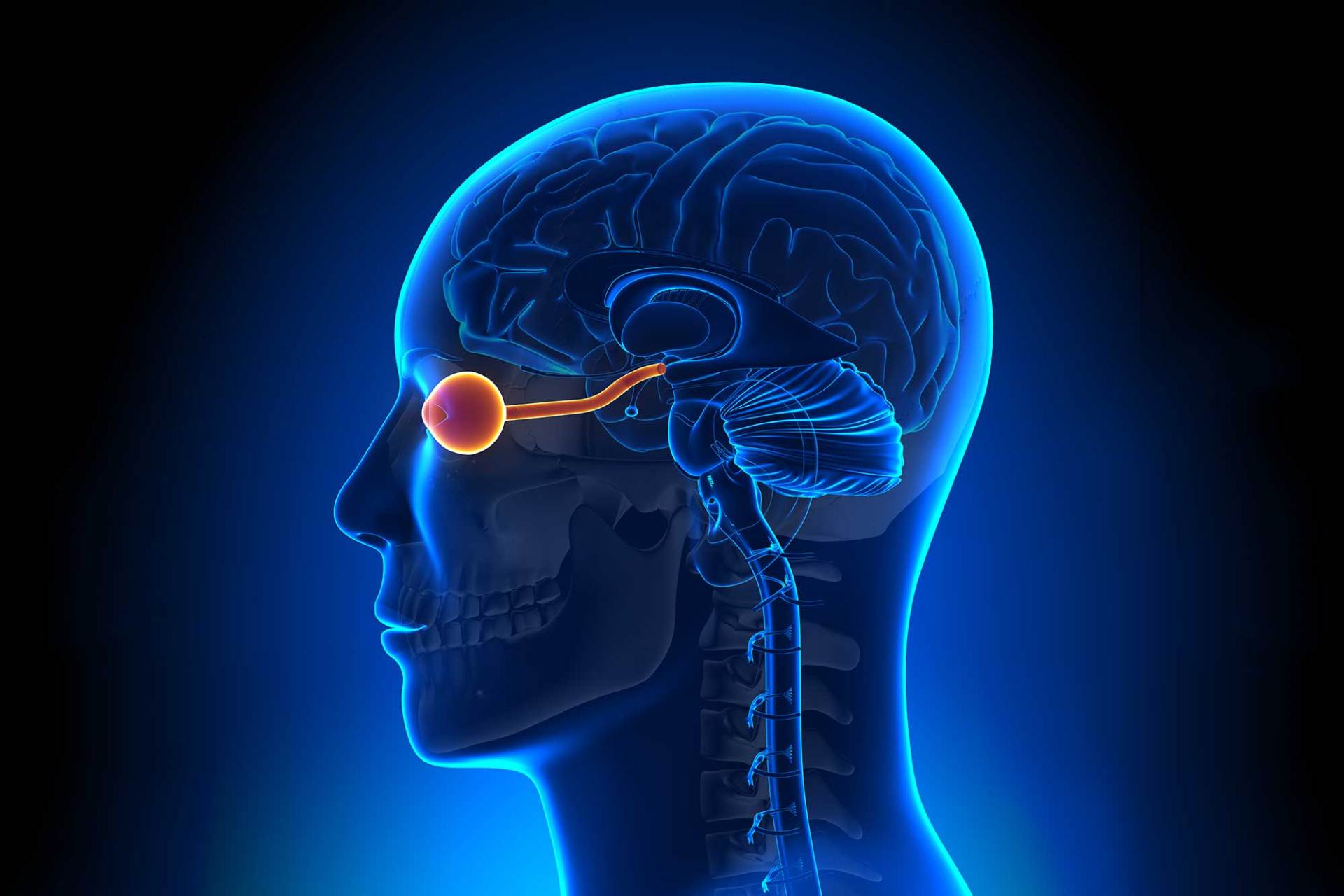 |
 |
 |

Frequently asked quetions
Virtual reality technology is especially useful for exposure therapy – a treatment method in which patients are introduced and then slowly exposed to a traumatic stimulus. Inside virtual environments, patients can safely interact with a representation of their phobia, and researchers don't need to have access to a real version of the phobia itself. One of the primary challenges to the efficacy of Exposure therapy is recreating the level of trauma existing in real environments inside a virtual environment. Virtual reality aids in overcoming this by engaging with different sensory stimuli of the patient while heightening the realism and maintaining the safety of the environment.
The term virtual rehabilitation was coined in 2002 by Professor Daniel Thalmann of EPFL (Switzerland) and Professor Grigore Burdea of Rutgers University (USA). In their view the term applies to both physical therapy and cognitive interventions (such as for patients suffering from Post Traumatic Stress Disorder, phobias, anxieties, attention deficits or amnesia). Since 2008, the virtual rehabilitation "community" has been supported by the International Society on Virtual Rehabilitation.[26]
Virtual rehabilitation is a concept in psychology in which a therapeutic patient's training is based entirely on, or is augmented by, virtual reality simulation exercises. If there is no conventional therapy provided, the rehabilitation is said to be "virtual reality-based". Otherwise, if virtual rehabilitation is in addition to conventional therapy, the intervention is "virtual reality-augmented." Today, a majority of the population uses the virtual environment to navigate their daily lives and almost one fourth of the world population uses the internet. As a result, virtual rehabilitation and gaming rehabilitation, or rehabilitation through gaming consoles, have become quite common. In fact, virtual therapy has been used over regular therapeutic methods in order to treat a number of disorders.
To help those in recovery to recognize and process triggers in support of a more successful recovery and reduce the risk of relapse. Our goal is to be able to offer this as a commonly used therapy in all clinical environments. We plan to evolve as the technology evolves in order to utilize these new tools to their fullest potential. TriggerWalk seeks to help those in need who have no way to safely experience the outside world when they are comfortable and safe within the isolated walls of a hospital, prison, recovery center, or therapist's office.


